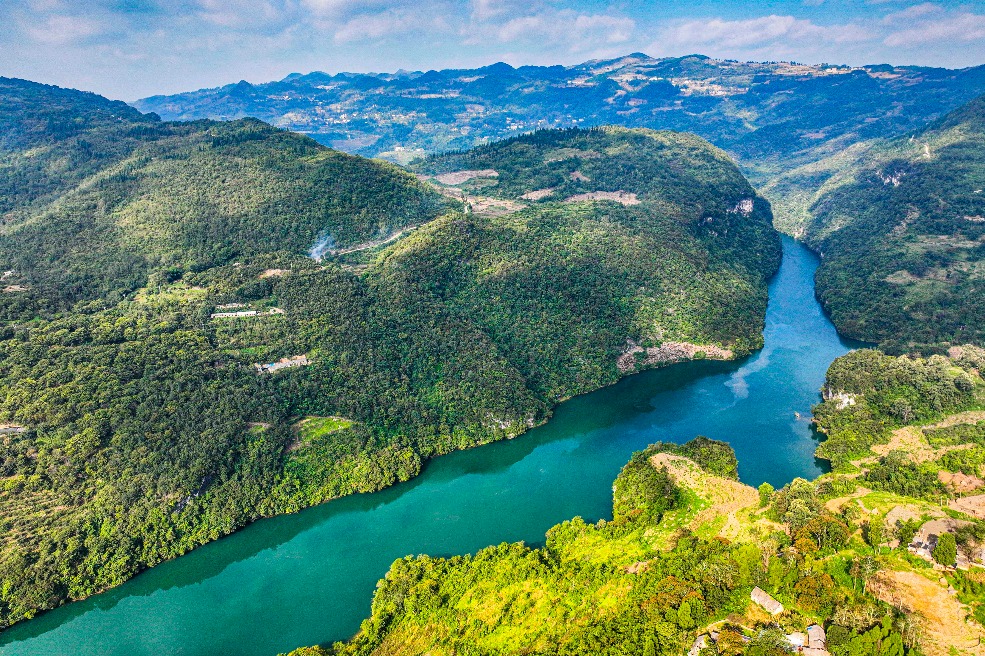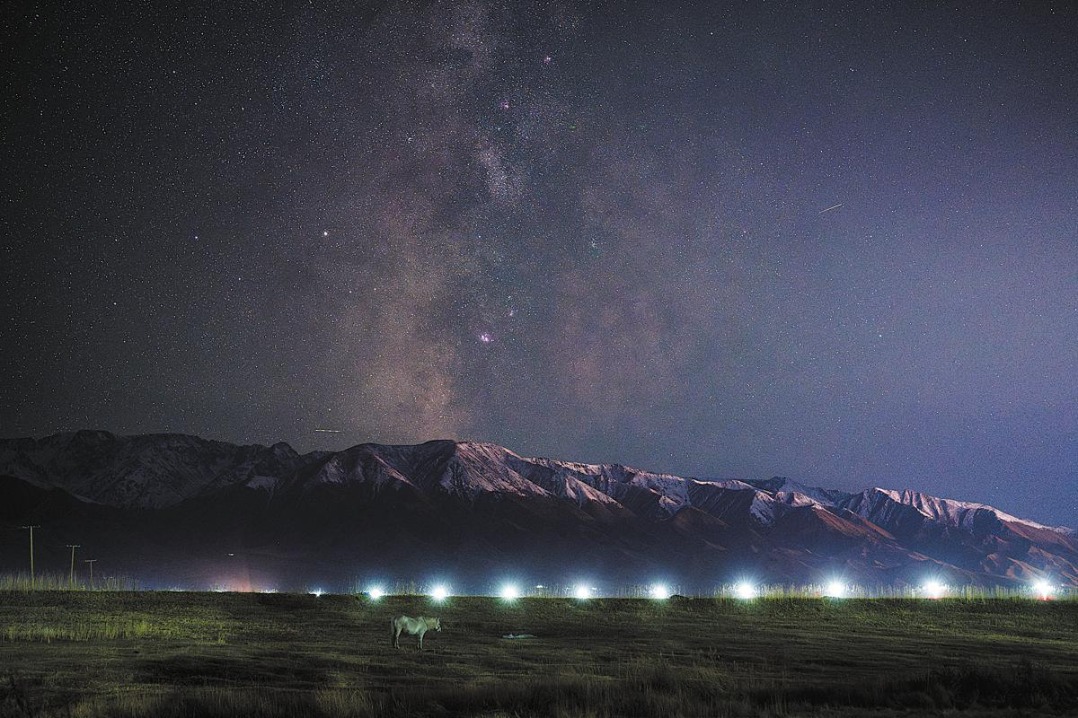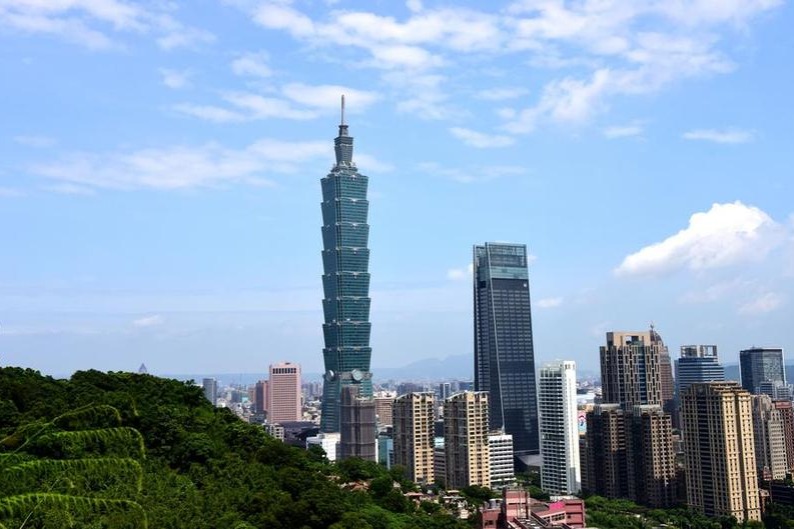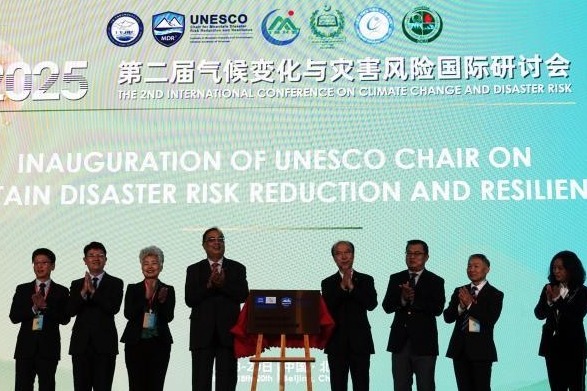CityFly takes off as China's newest travel trend in low-altitude tourism


HANGZHOU -- Forget leisurely strolls. A new trend is taking Chinese travel to new heights -- literally. Dubbed "Cityfly," it sees thrill-seekers trading city sidewalks for skylines and horizontal exploration for vertical vistas.
Following in the footsteps of "Citywalk," "Cityfly" -- which ranges from paragliding and skydiving to scenic helicopter rides -- is fast becoming a buzzword among young Chinese travelers, reflecting a consumer shift driven by China's burgeoning low-altitude economy.
On an autumn morning, Li Duo, a woman in her early 20s from Shanghai, tried paragliding for the first time, taking off under the guidance of an instructor from a paragliding base on Mogan Mountain in Deqing county, in East China's Zhejiang province.
"It's simply breathtaking to glide over the rolling bamboo forests and tea gardens while the wind roars in my ears," Li said with excitement after landing. "It unlocked a new perspective for me and gave me some incredible photos."
Yang Aiping, manager of the paragliding base, noted that annual visitor numbers have skyrocketed from fewer than 10,000 in 2019 -- when the base first opened -- to over 100,000 today.
In Zhejiang province, low-altitude tourism is transitioning from a niche adventure to a mainstream pursuit. During the eight-day National Day and Mid-Autumn Festival holiday earlier this month, Huzhou city -- which administers Deqing -- launched 16 low-altitude flight routes connecting seven sites, attracting a growing number of tourists.
Deqing and Anji, another county under Huzhou's administration, have been designated as the provincial-level pilot zones for the low-altitude economy, reflecting strong policy backing for the sector's rapid development in Zhejiang.

The trend is evident nationwide. In Sanya, a resort city in Hainan province, skydiving has become one of the hottest attractions. Zhang Enming, manager of a skydiving base there, said that the base received around 6,000 customers in the first quarter of 2025, a year-on-year increase of over 20 percent.
Official data showed that Sanya's low-altitude tourism sector served approximately 287,000 tourists in the first half of 2024, marking a 112-percent surge from the previous year. The sector generated over 730 million yuan (about $102.9 million) in revenue and created 2,300 jobs during the period. The robust growth has continued into this year.
Zhao Yuehua, an expert from China Development Observation's aviation industry research center, attributed this rise in aerial tourism's popularity to China's fast-developing low-altitude economy, which has reduced flight costs and sparked public enthusiasm for flying experiences.
Zhao noted that flight costs have plummeted from around 3,000 yuan per person a decade ago to about 1,000 yuan today, significantly improving accessibility to low-altitude experiences for the general public.
China's low-altitude economy has gained unprecedented traction after being included in the government work report in 2024, which positioned it as a new growth engine. The sector is projected to reach a market size of 1.5 trillion yuan by 2025 and expand further to 3.5 trillion yuan by 2035, as forecast by the Civil Aviation Administration of China.
Data shows that there are 89,000 active enterprises related to the low-altitude economy in China. Among them, approximately 11,700 were registered in the first five months of this year, a 220 percent year-on-year surge that surpassed the total number of registrations for the entire previous year.
Liao Jian, operations director of Wuzhizhou Island tourism zone in Sanya, said that by transforming travel from a two-dimensional to a three-dimensional experience, low-altitude tourism has bridged a gap in the market and injected new momentum into tourism consumption.





































